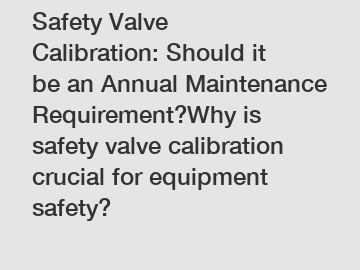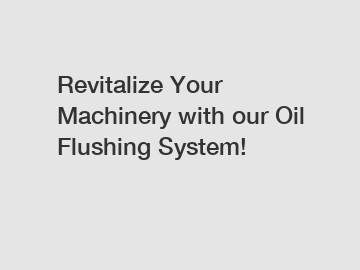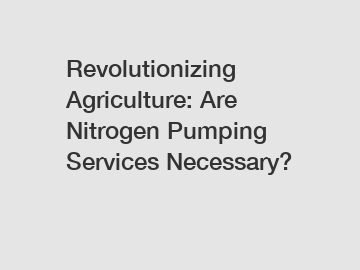Safety Valve Calibration: Should it be an Annual Maintenance Requirement?Why is safety valve calibration crucial for equipment safety?
Safety valve calibration is indeed a vital annual maintenance requirement that should not be overlooked. The calibration of safety valves is crucial for ensuring the safety and reliability of equipment in numerous industries, including petroleum, chemical, and manufacturing. This article will explore the reasons behind the importance of safety valve calibration, discuss the process of verifying their accuracy, and highlight the significance and impacts of regular calibration.
To begin with, safety valves serve a critical role in safeguarding industrial equipment and processes by relieving excessive pressure to prevent catastrophic accidents or damage. However, if these valves are not calibrated regularly, their functionality may become compromised, leading to unnecessary downtime, potential equipment failure, or even life-threatening incidents. Calibration involves adjusting and verifying the accuracy of safety valves to ensure they operate within specified pressure tolerances. By conducting annual calibration, operators can guarantee that the valves are functioning correctly and can release excess pressure reliably and efficiently when needed.
The process of safety valve calibration starts with examining the valve's physical condition and carrying out visual inspections. This step involves checking for signs of corrosion, erosion, or any defects that could impair its overall performance. Further, measurement instruments such as pressure gauges and deadweight testers are utilized to verify and adjust the valve's set pressure. These instruments help determine if the valve opens at the desired pressure, closes properly, and reseats accurately after relieving pressure. By meticulously calibrating safety valves, potential issues can be identified and rectified promptly, ensuring their optimal functionality during critical situations.

The significance of annual safety valve calibration cannot be overstated. Firstly, it promotes compliance with industry regulations and standards. Many regulatory bodies, such as the American Society of Mechanical Engineers (ASME) and Occupational Safety and Health Administration (OSHA), have established guidelines that mandate regular calibration of safety valves. Adhering to these requirements helps organizations meet legal obligations while prioritizing the safety of workers, the public, and the environment.
Additional resources:What is the best car battery charger to buy in Australia?
What is the best car battery charger to buy in Australia?
Revolutionizing California's Energy Landscape: Solar Shingles
How to design a single phase inverter?
Unveiling the Secrets of N2He Leak Test
Which Troubleshooting Hacks Cure Inactive Diaphragm Pumps?
What are the features of lithium batteries?
Moreover, routine calibration helps minimize the financial impact of unexpected equipment failure. By identifying and rectifying malfunctions or inaccuracies in a safety valve through regular calibration, potential breakdowns can be preemptively mitigated. This proactive approach saves organizations from costly repairs, equipment replacement, and the financial burden associated with downtime.
Furthermore, safety valve calibration plays a crucial role in ensuring efficient and sustainable operations. Well-calibrated valves help maintain optimal performance and enhance equipment reliability, enabling industries to operate smoothly and efficiently. By preventing excess pressure and ensuring timely relief, safety valves contribute to the longevity of equipment, reducing maintenance costs, and maximizing productivity.
In conclusion, safety valve calibration should be considered an annual maintenance requirement due to its immense importance in ensuring equipment safety. The process of calibration verifies the accuracy of safety valves and guarantees their functionality during critical situations. Compliance with regulations, prevention of equipment failure, and promotion of efficient operations are significant reasons why safety valve calibration is crucial. By prioritizing and investing in regular calibration, industries can enhance safety, mitigate financial risks, and maintain sustainable operations.
If you are looking for more details, kindly visit China Pipeline Pre Commissioning, China Pipeline Pre-Commissioning, Sub-sea Pipeline Testing Service Supplier.
Additional resources:Mastering Flange Management: A Foolproof Process
Which solar battery offers the best value for businesses?
BIPV Spandrel Panels: Revolutionizing Sustainable Building
Which Pneumatic Piston Brand Offers the Best Value for Money?
Which New Innovations Can Enhance Grid-Connected Inverters?
Which Advanced Oil Flushing System is Worth the Investment?
Unlocking Pipe Strength: Nitrogen Pressure Testing









Comments
0